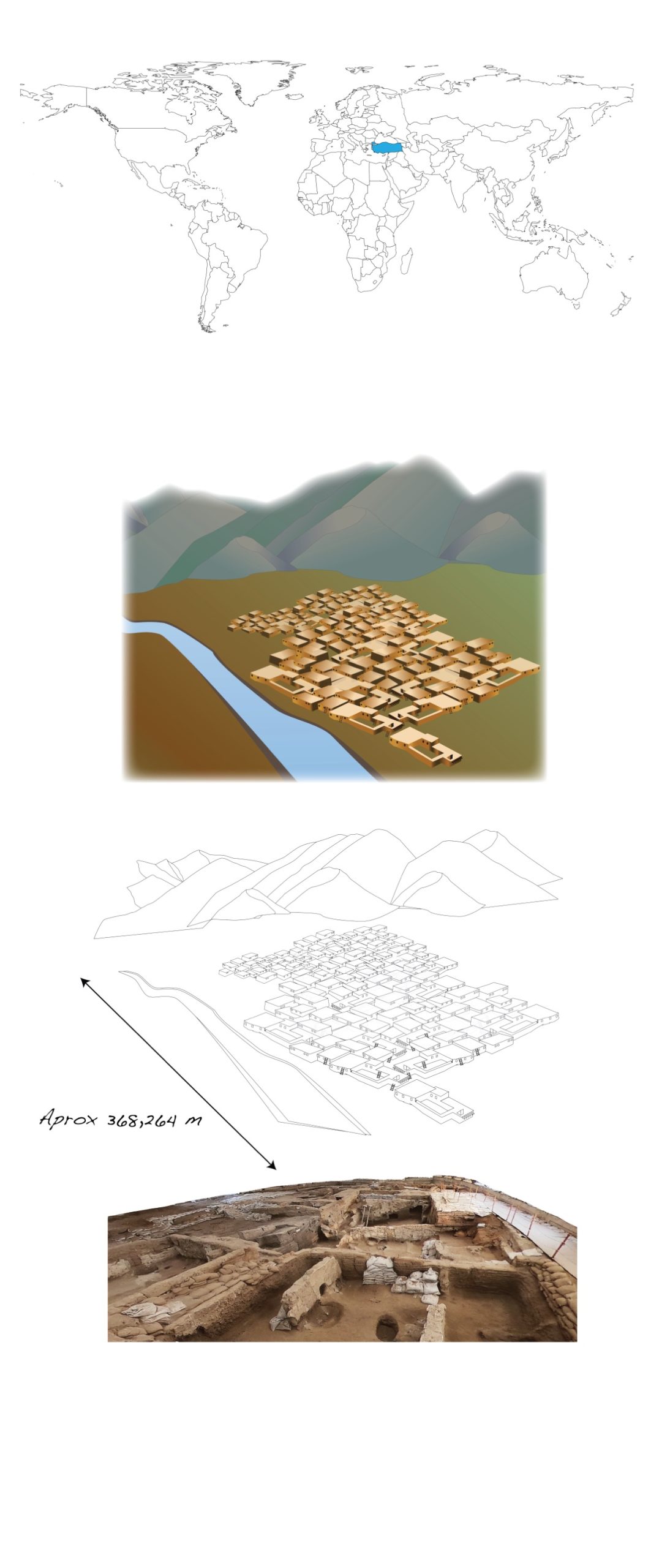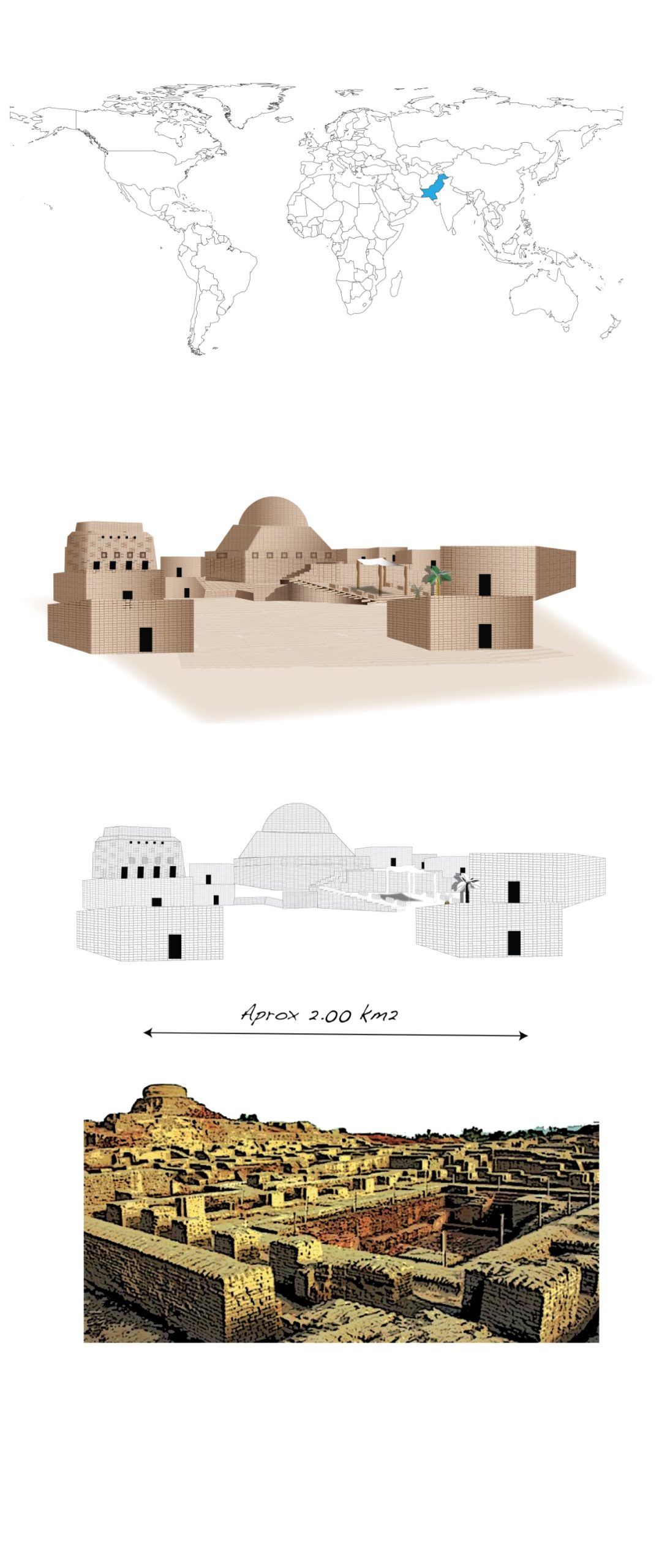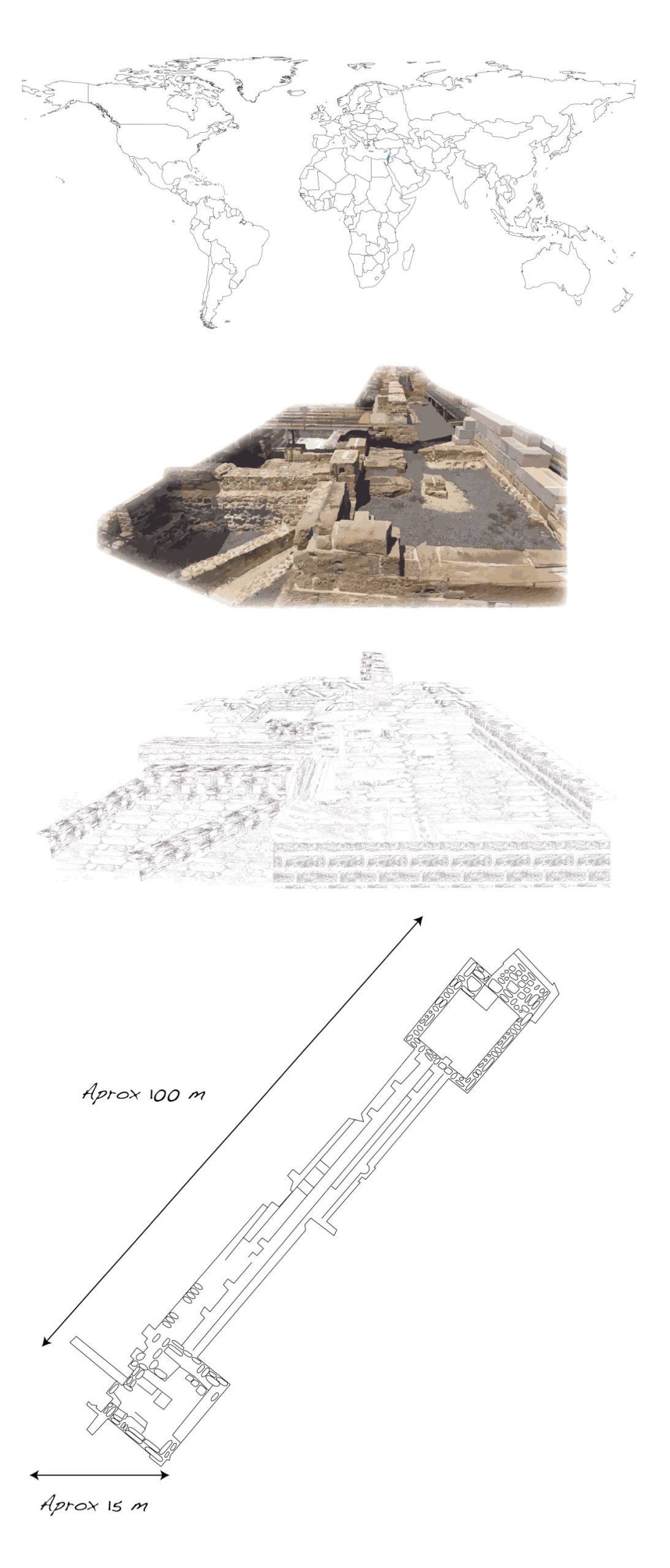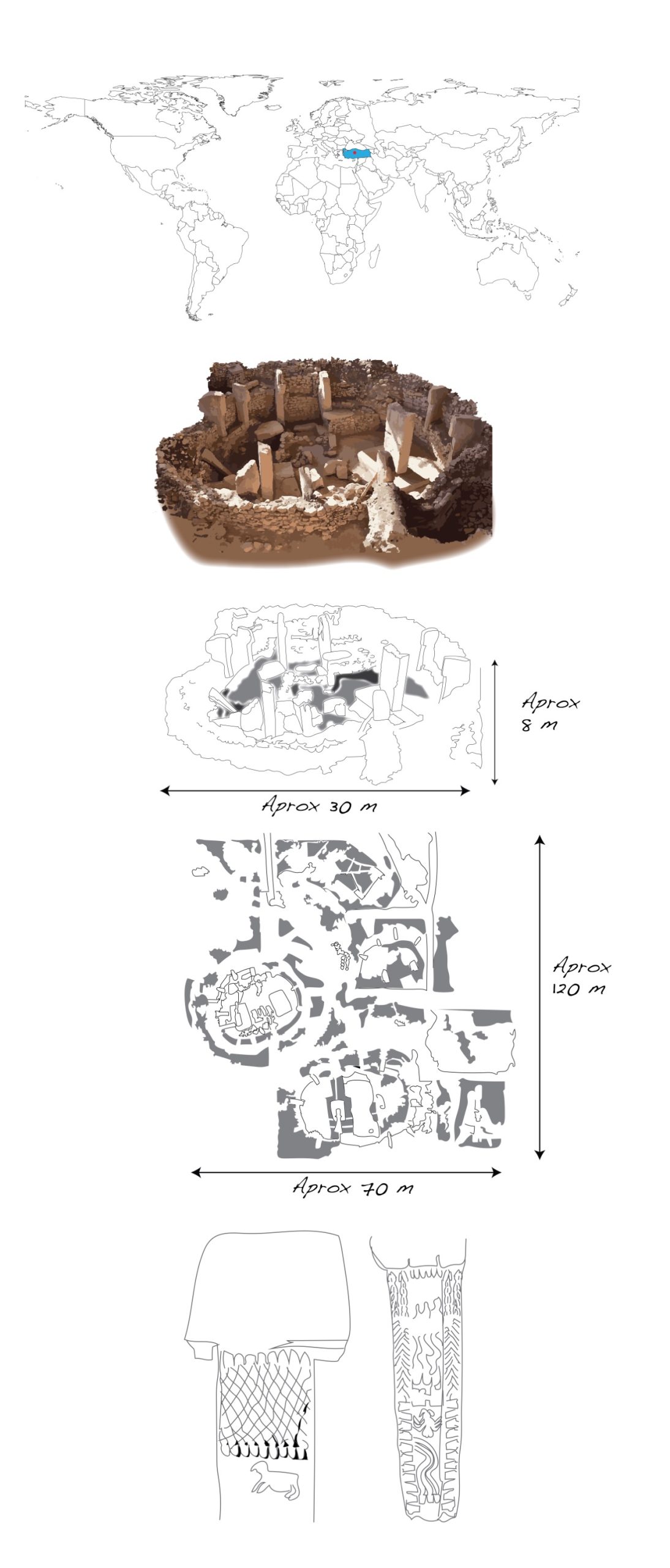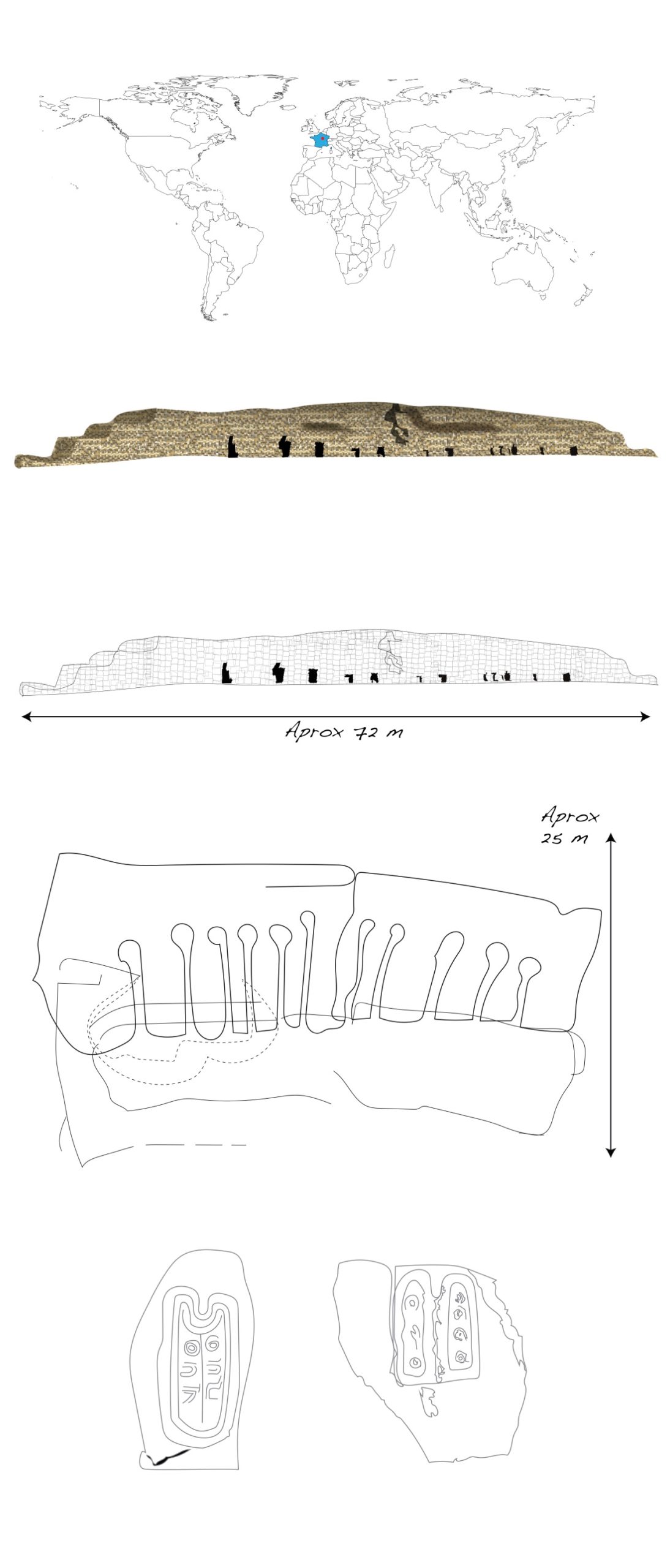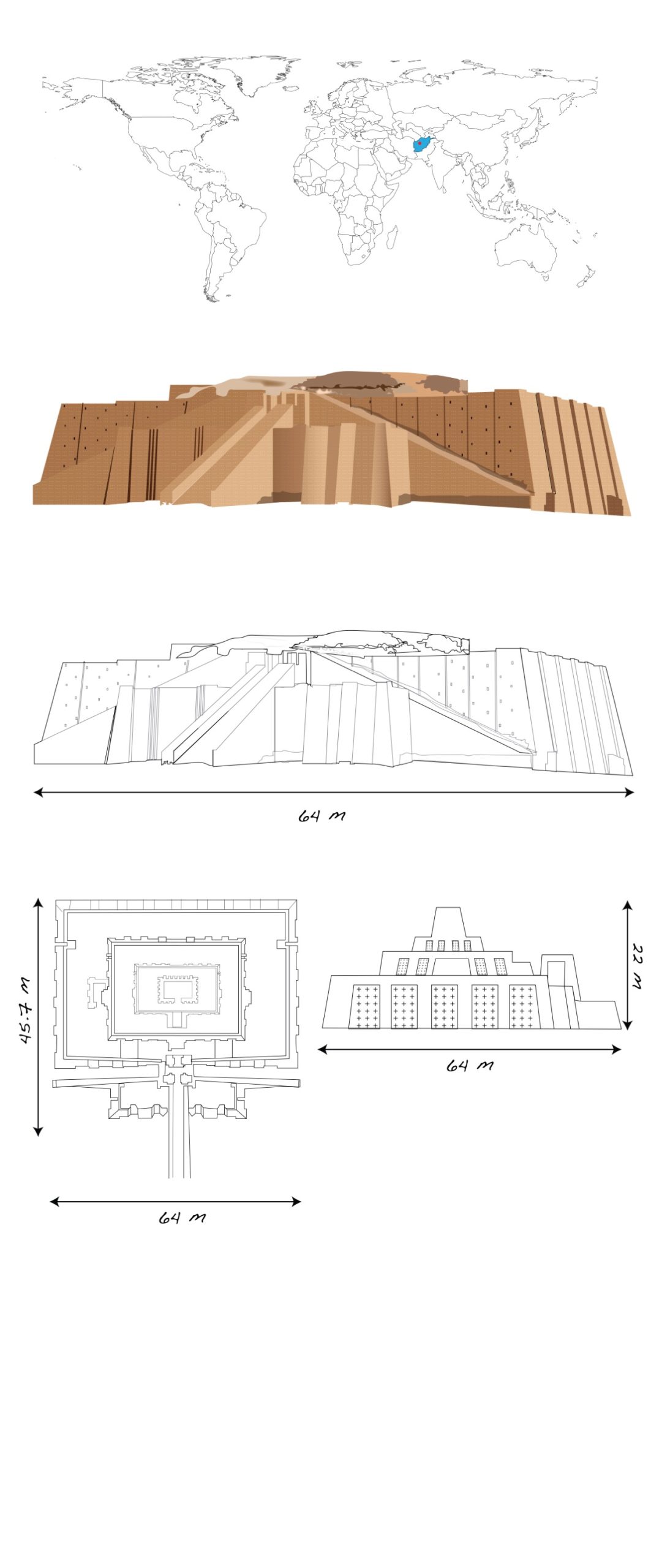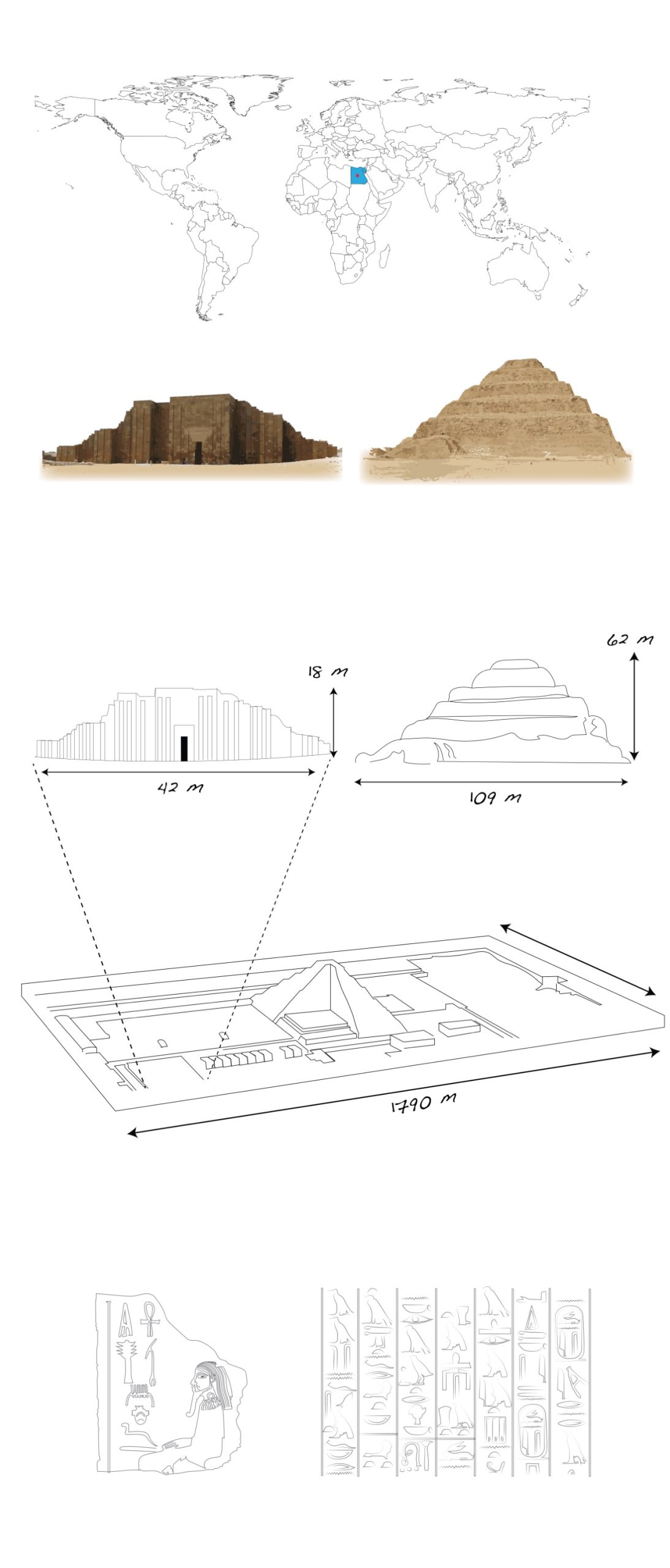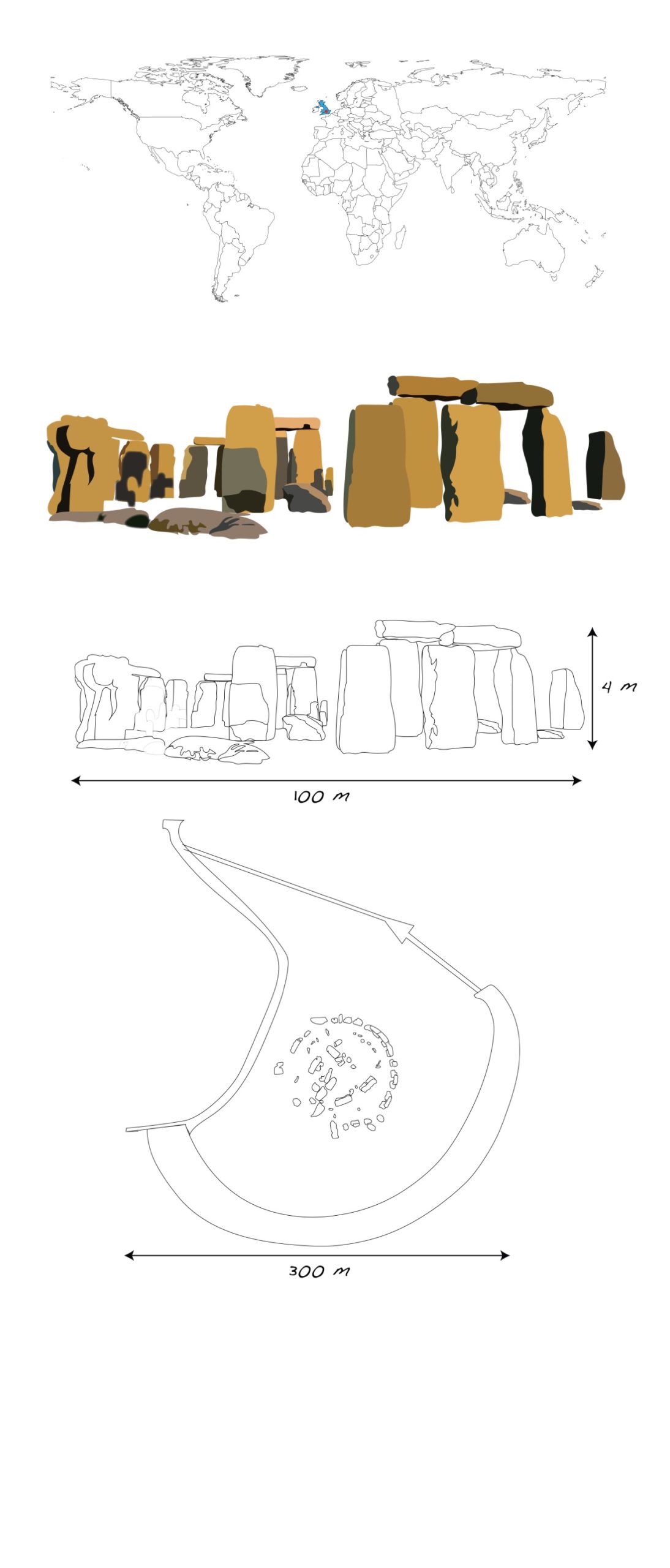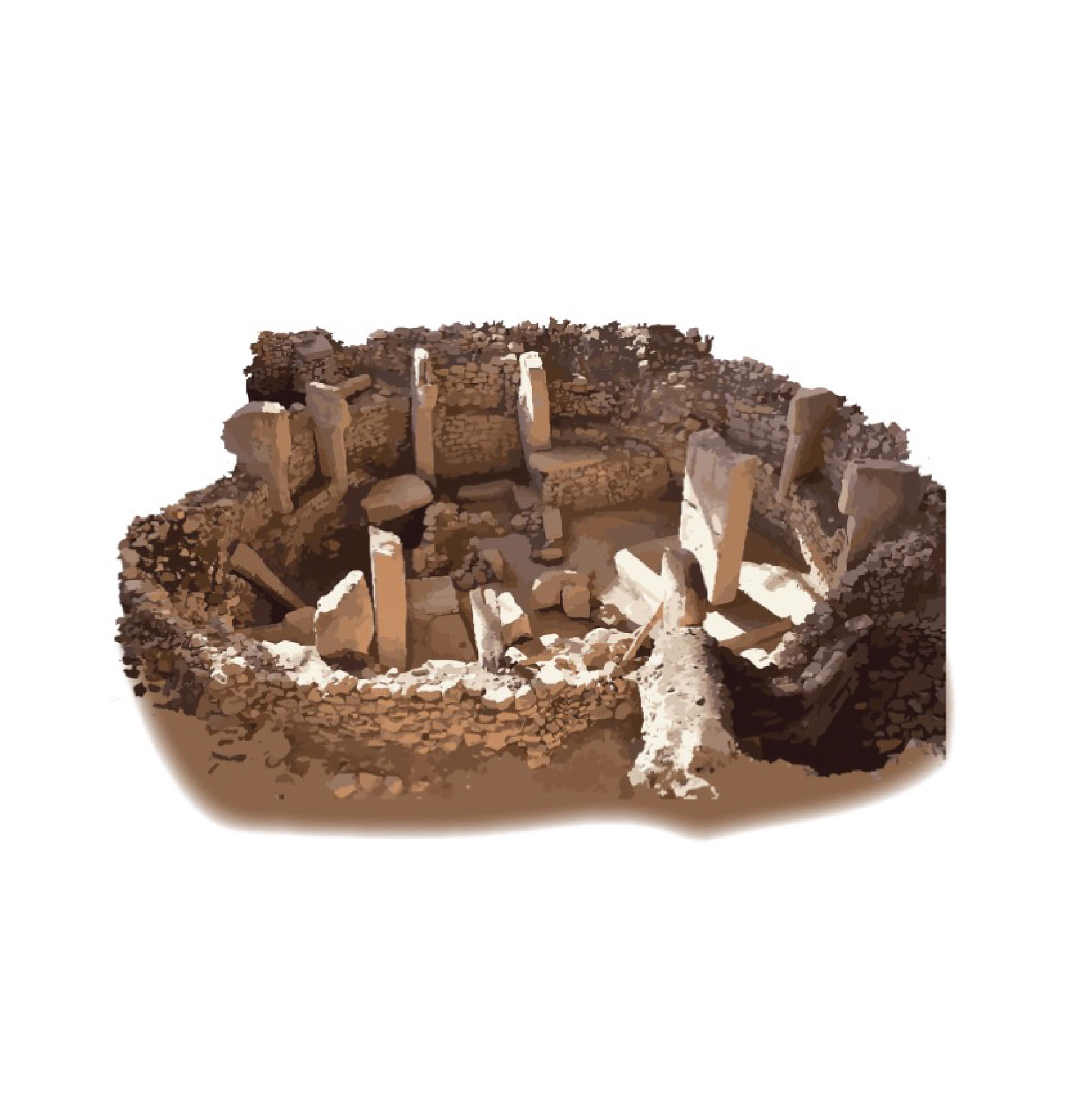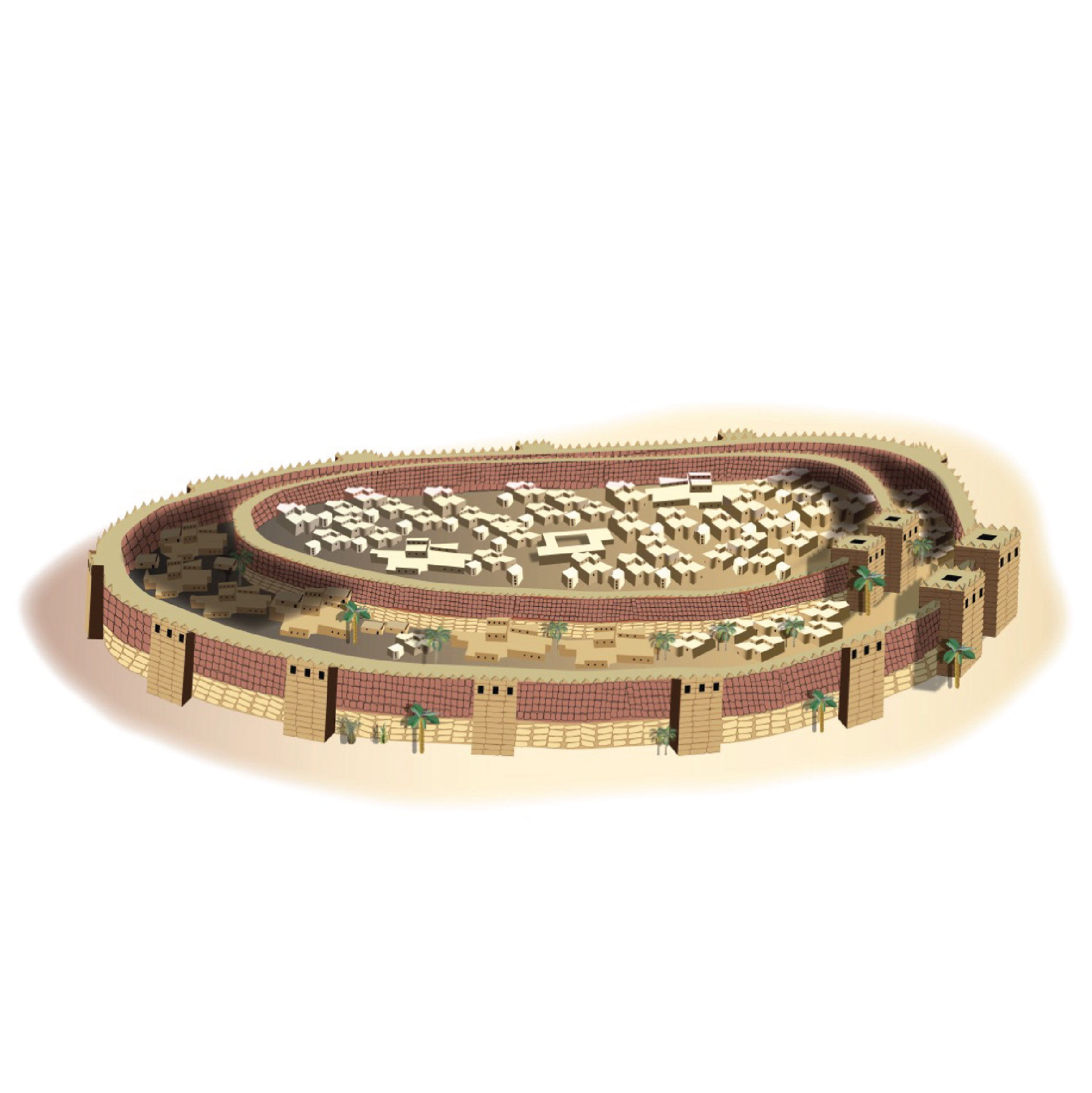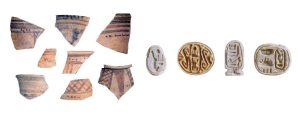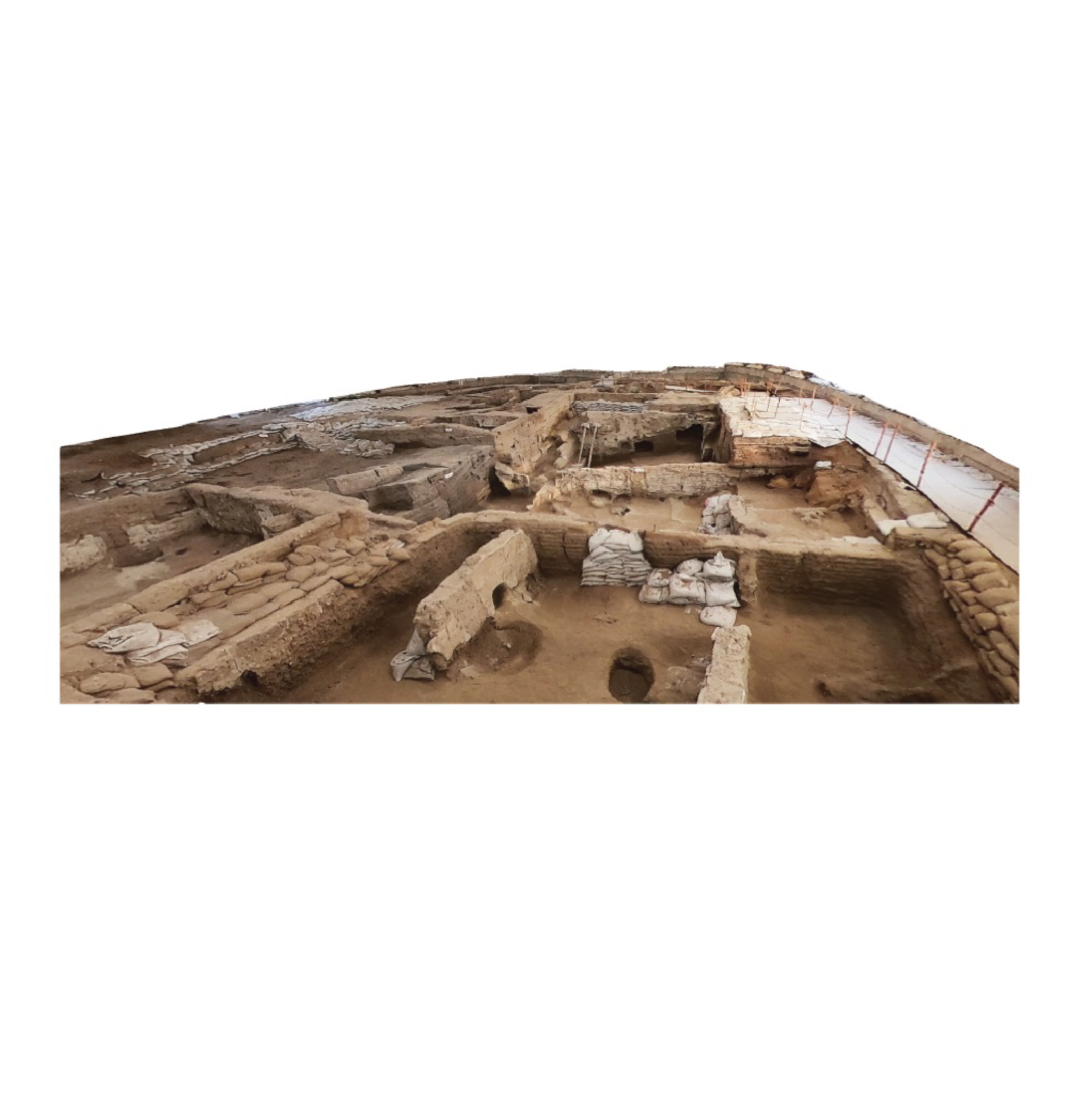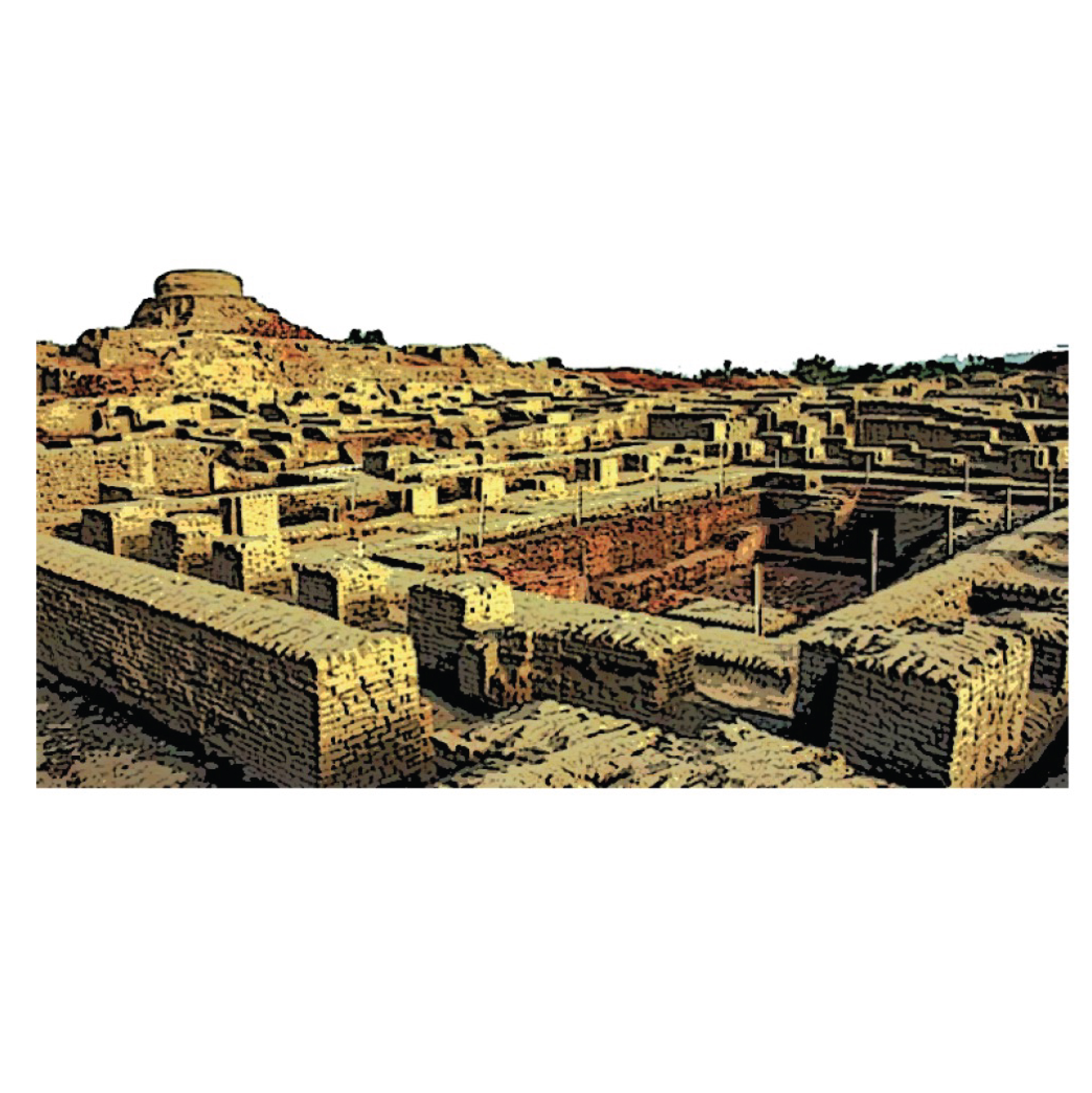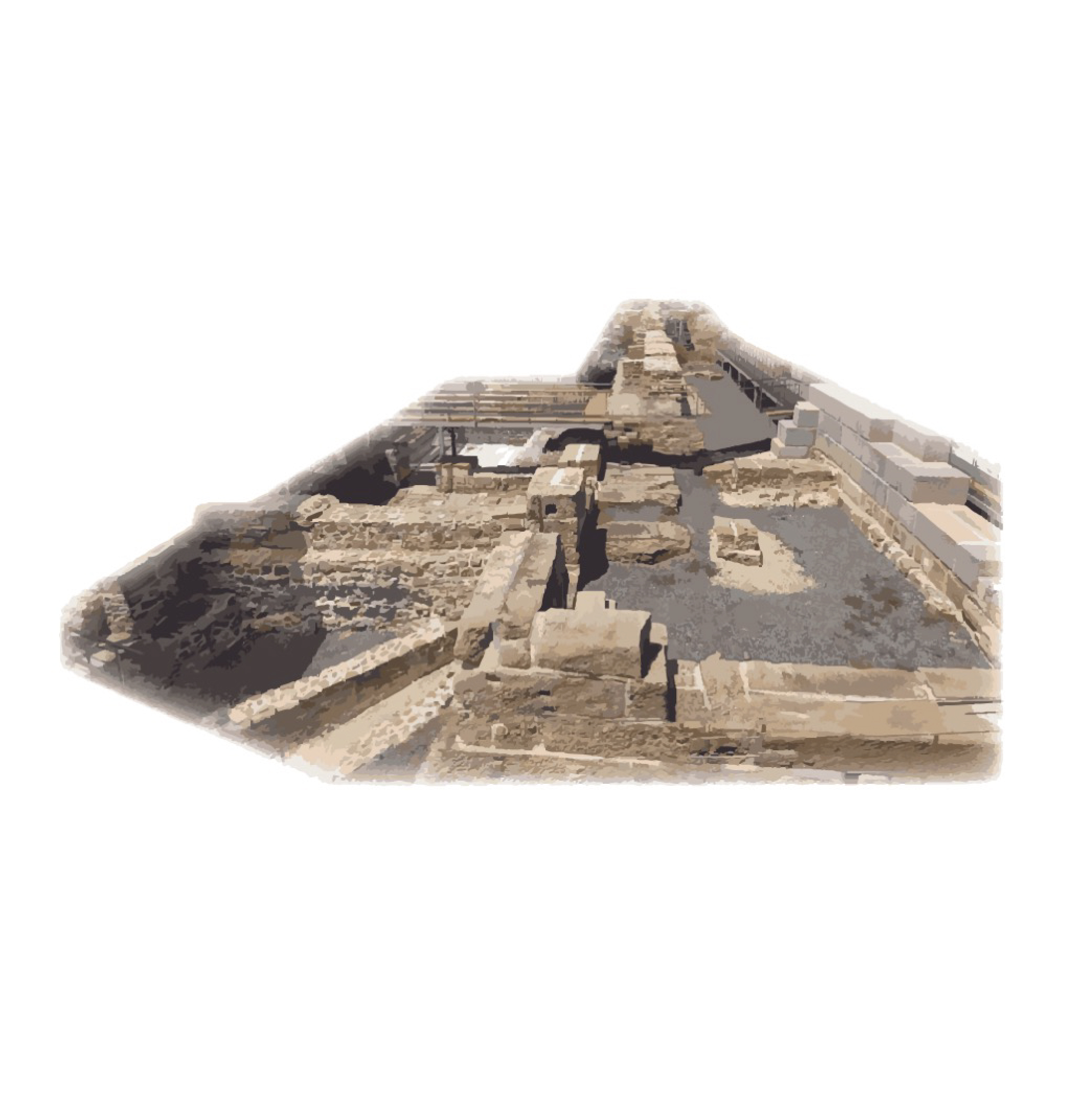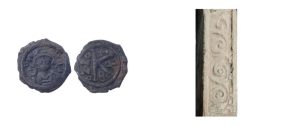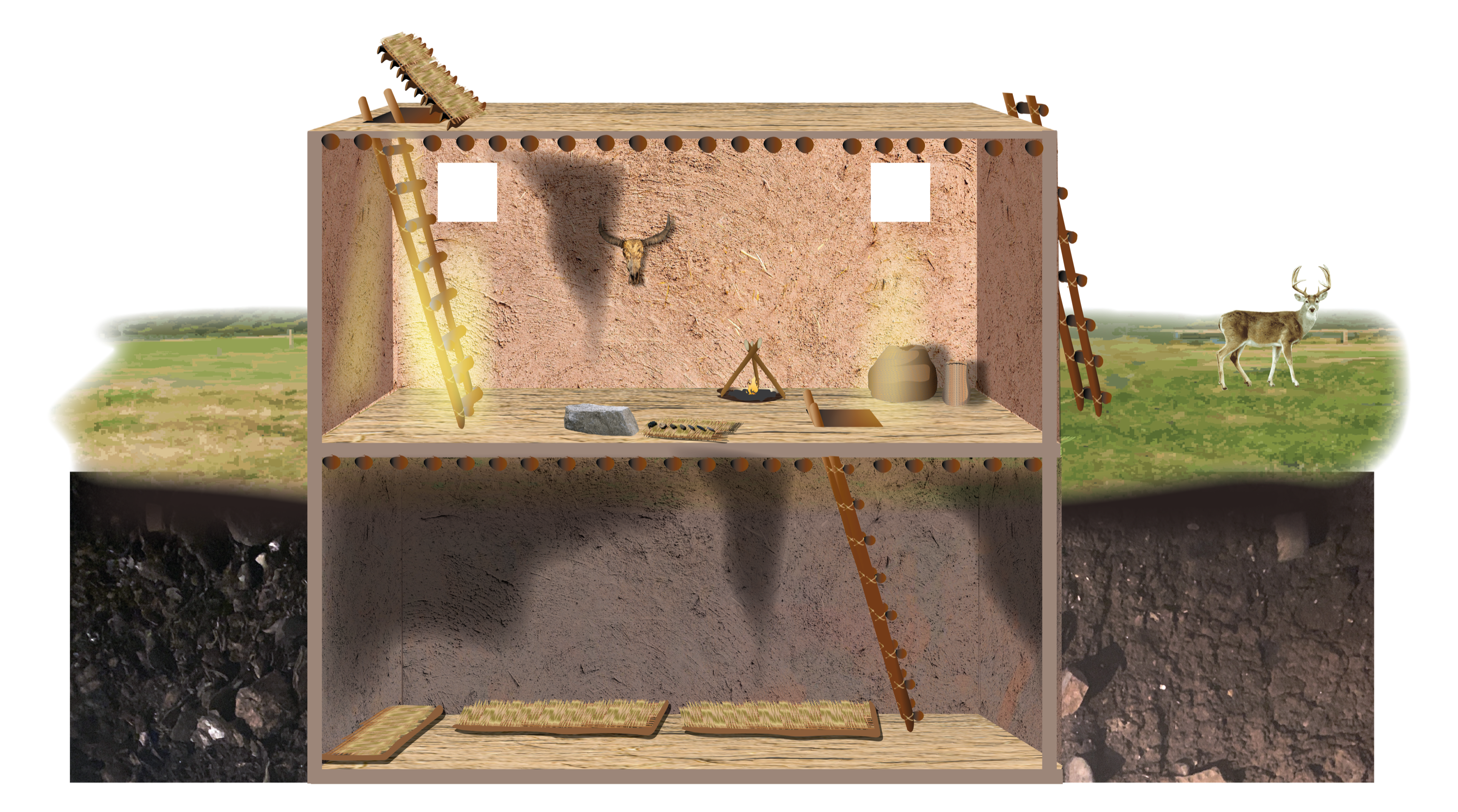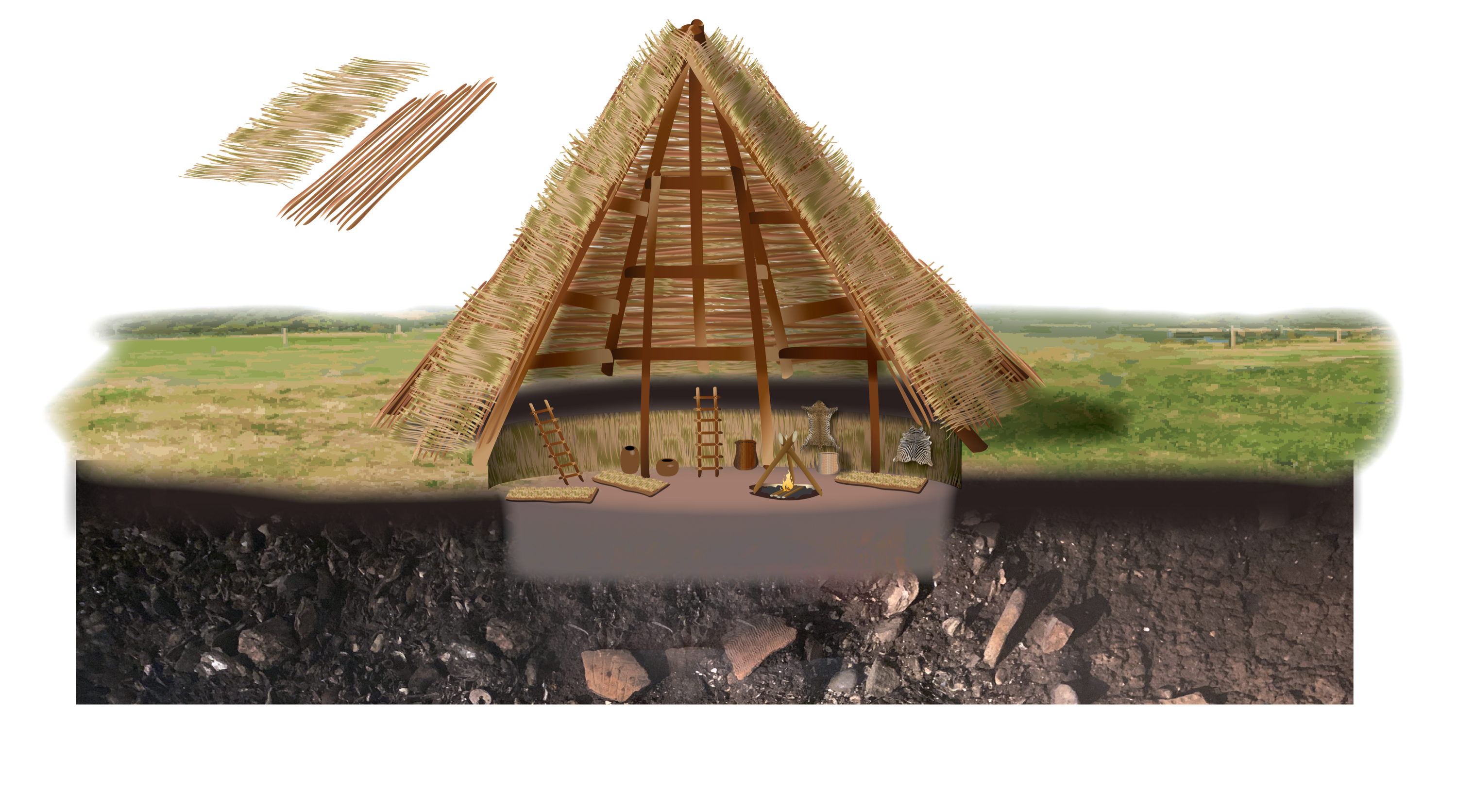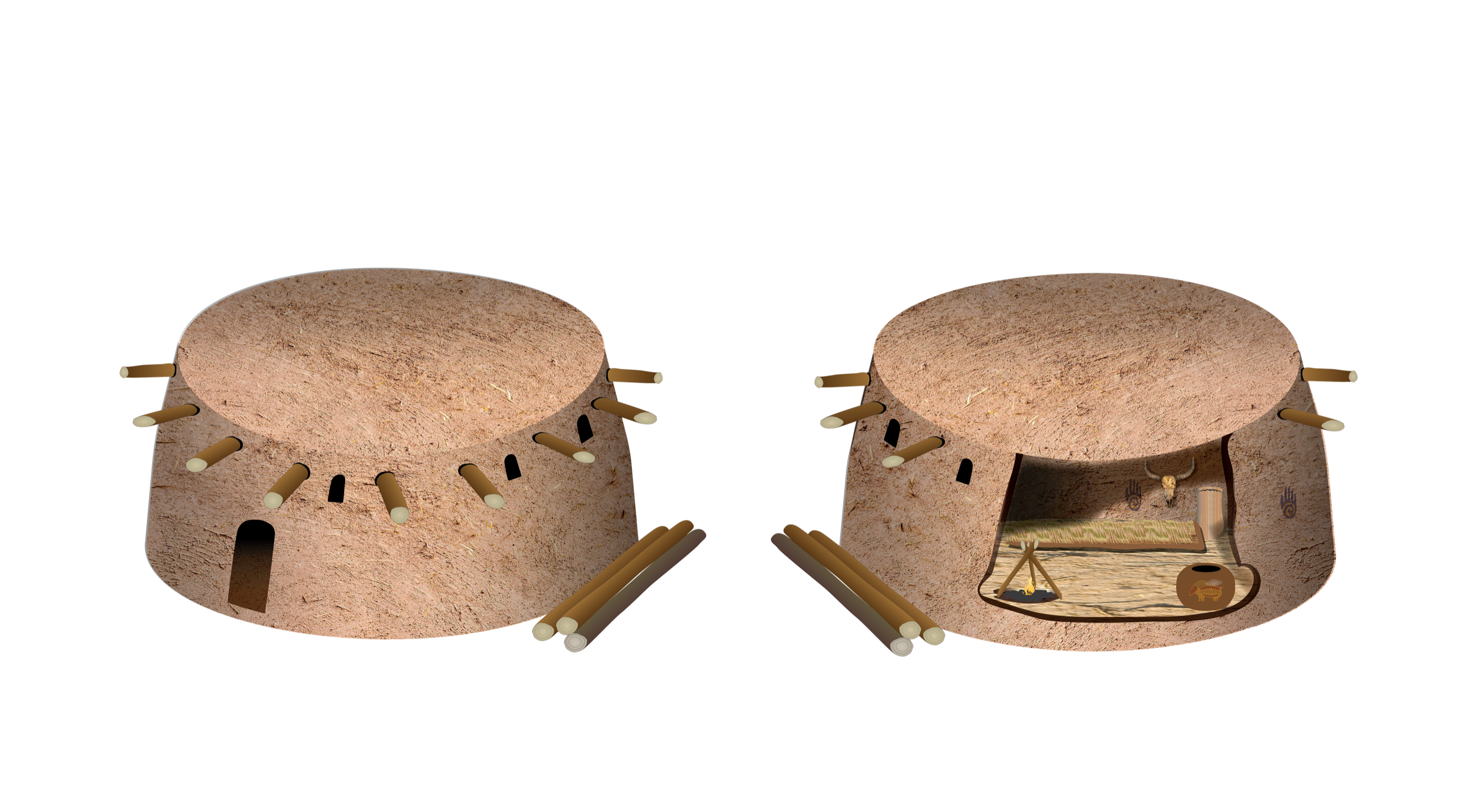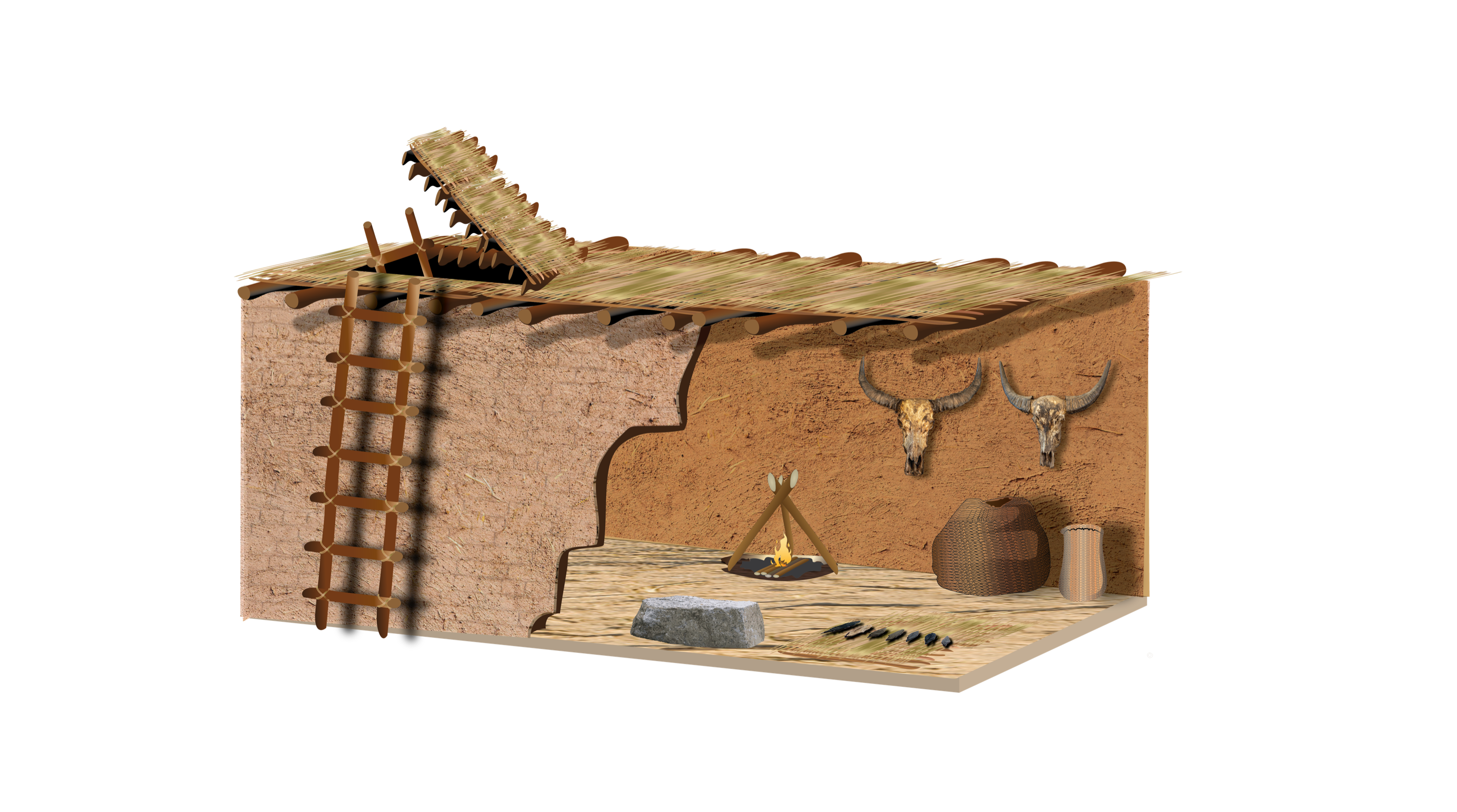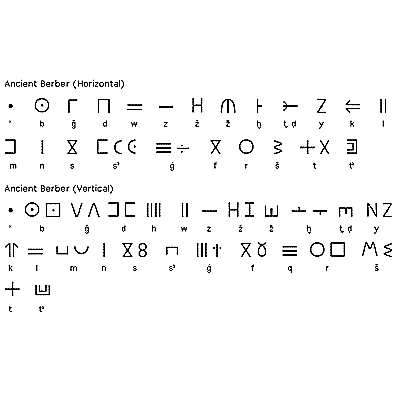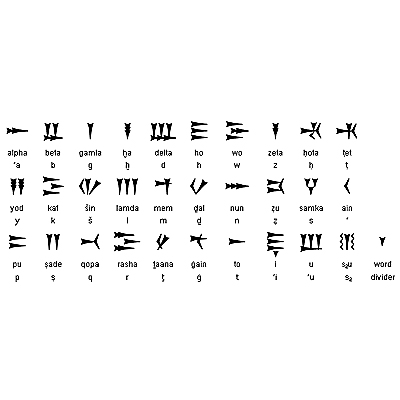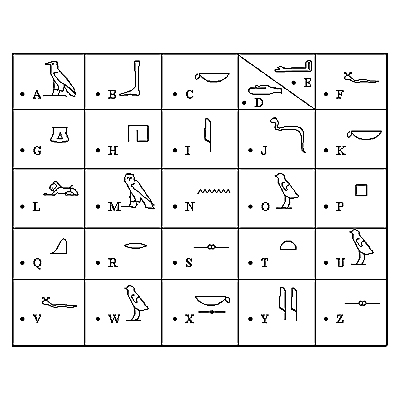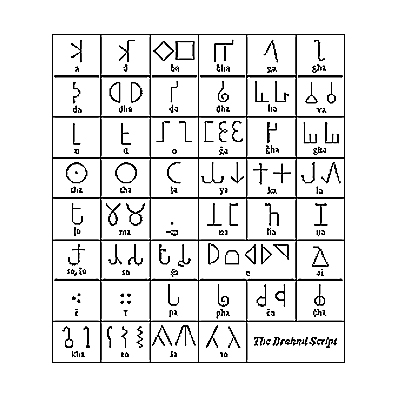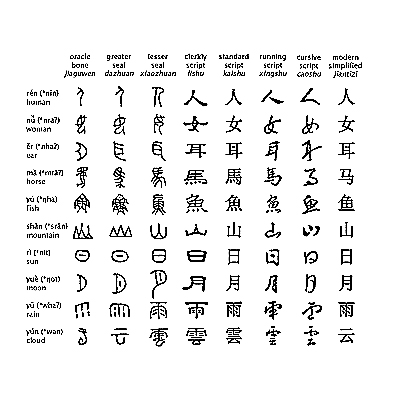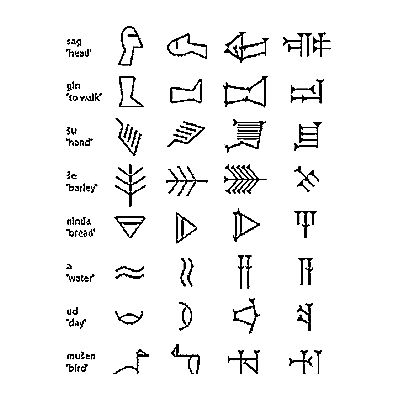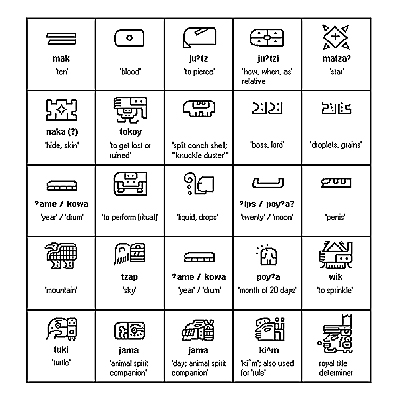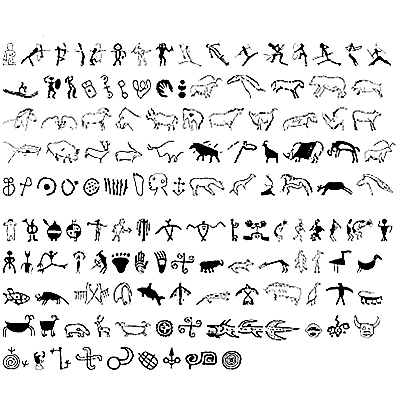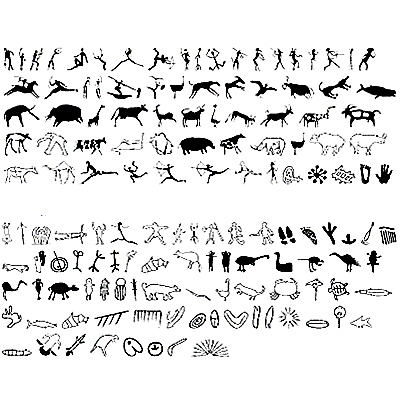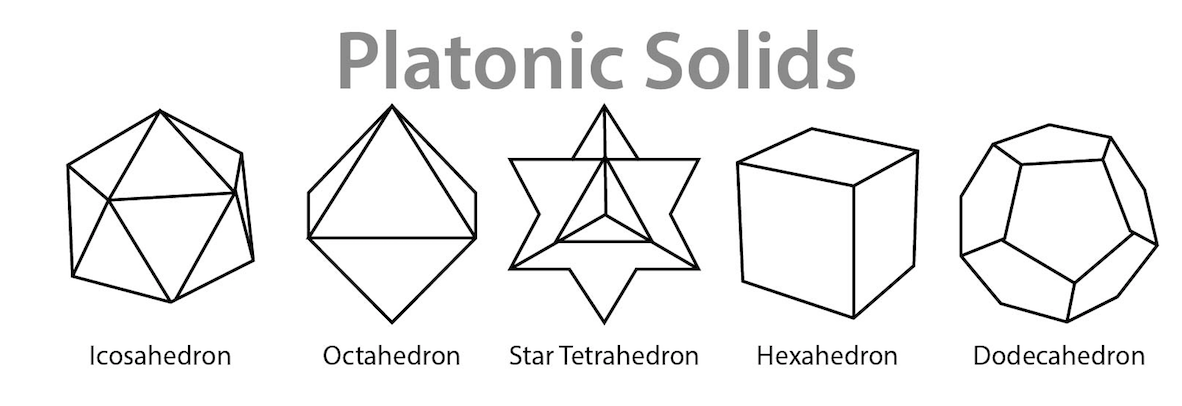Neolithic Structures
Early Neolithic Structures Timeline
Neolithic Dwellings
Neolithic Clothing
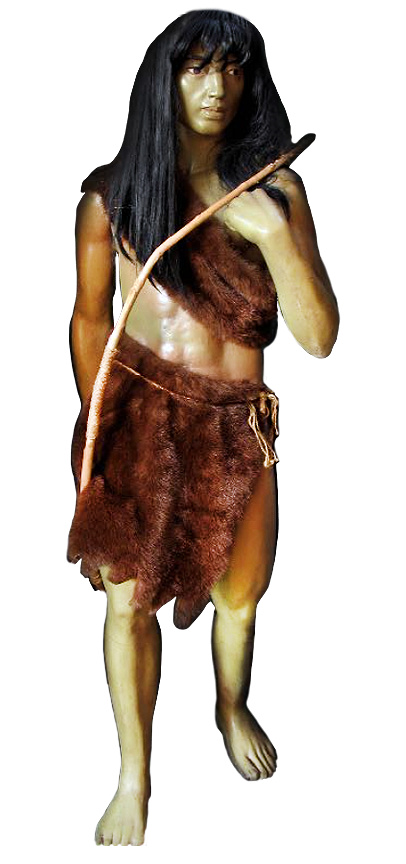
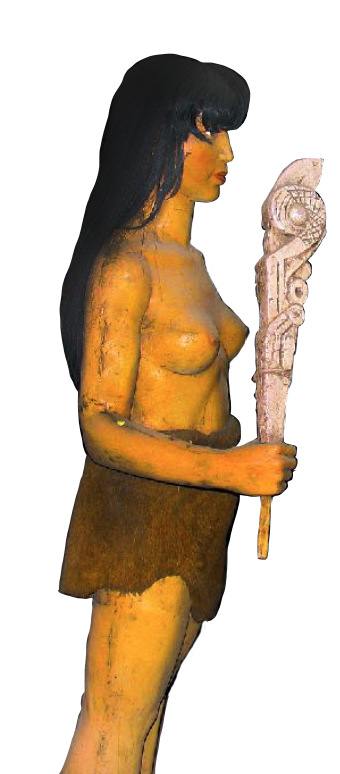
Early Neolithic Structures
Some of the earliest known neolithic structures date back to 12,000 B.C.E. But recent discoveries in Indonesia have found an early site in Gunung Padang that dates back to circa 10,000-12,000 B.C.E. What interest me the most about these early structures is what in nature was commonly felt by people from different regions, to without doubt begin to build these massive structures. My first thought is that the simplest commonality is death, experienced by all. In Neolithic times the average life expectancy of men and women was between 20–33. So it could be due to the rather short life span that people wanted to build places where they felt connected to loved ones. It could have also been believed that the gathering of people into one area represented a form of power, or safety in numbers. This could also been seen as a community gathering place where people could talk about problems and solutions.
Early Languages Pictographs & Hieroglyphs
Writing Samples courtesy of Ancientscripts.com Copyright © 1996-2005, Lawrence Lo. All Rights Reserved
You can see from these early writing forms that these languages are 90% pictorial 80% geometry it appears that most forms resemble things found in nature and have been stylized (simplified) making them in most likelihood more universal and easy to reproduce. The development of a written language serves to catalog events in a civilization to communicate to the masses but the key here is communication & documentation. I believe that these early iterations of language operate on many levels one of the key factors here also relating to the early use of symbols we saw on the pottery on the previous pages is the use of symbols and how they relate to our own thinking process. Recent work in neurophysiology have put forth the idea that experiences are converted to symbols and processed by the brain with this in mind it is easy to conclude that it is our physical nature that dictates the use of symbols in culture. This makes it easy to see how there use became so entrenched so early on, and for so long.
As you can see there are many similarities in these Petroglyph. Even though they were found in different locations throughout the world. This seems to support the idea of the use of symbols, as a physical parameter for the process of thought itself. It is important to keep in mind that these early artist and shaman had a relationship to nature that bordered on maternal. It was widely held in many parts of the world that every action of men had repercussions to nature and the land. This ideal also had a relationship to the elements that where used to create objects this also became one of the founding principles around alchemy and early magic rituals. It follows to conclude that the common elements among us found daily in nature are those things we find pleasing or what we have come to term as (aesthetic). i.e
- Sun (yellow)
- Sky (blue, orange, violet, white, gray)
- Trees (green, red, white)
- Flowers (variegated colors)
- Water (aqua, turquoise)
- Animal Skins (leopard, giraffes, cows, mink)
- Rocks (variegated colors)
- Sand (variegated colors) etc…
- Gold
- Silver
- Bronze
- Lapis Lazuli
- Copper
- Cadmium
- Wax
- Cobalt
- Zinc
- Indigo
These elements each acquired there own importance over time some became associated with royalty and religious iconography. What’s more important to take note of is the relationship of these elements and how they are used in works of art i.e. (The sun or natural light may be illustrated in religious works by using gold leaf the reflection of Gods light by the physical reflection of gold. )
Evolution of Arabic Script









Kufic – was a script whose development from the end of the 7th century has been associated with the city of Kufa in Iraq. It is characterised by angular letter forms and was widely used until about the 12th century. It was the principal script in the early period for copying Qur’ans. The simple and elegant forms were embellished over time.
Kufic – merupakan satu bentuk tulisan yang berkembang pada akhir abad ke 7 Masihi dan ia berkait rapat dengan bandar Kufah di Iraq. la bercirikan huruf – huruf yang berbentuk sudut dan digunakan dengan meluas sehingga abad ke 12 Masihi. la merupakan tulisan asas yang digunakan pada zaman awal Islam untuk menyalin Al Qur’an. Tulisan yang ringkas dan menarik ini diperindahkan lagi dari masa ke semasa.
Eastern kufic – was developed by Persian calligraphers during the 10th century and is distinguished by short, sharply angled strokes. This led to its description as ‘bent kufic’ by Western scholars.
Kufi Timur -tulisan ini telah diperkembangkan oleh penulis – penulis khat dari Parsi pada abad yang ke 10 Masihi dan ia dibezakan dengan bentuk tulisannya yang pendek dan garis yang bersudut tajam. Ahli sarjana barat menamakan ia sebagai ‘kufi condong”.
Maghribi kufic -developed in North Africa (the Maghreb) and Spain in the 10th century and is characterized by a rounding of the angles of kufic script. Forms of this script are still used in the region to this day.
Kufi Maghribi – ia berkembang di Afrika Utara (Maghrib) dan Sepanyol pada abad yang ke 10 Masihi. la dibezakan daripada tulisan kufi yang lain dengan bentuk sudut yang bulat. Bentuk tulisan ini masih lagi digunakan di kawasaan ini sehingga kini.



Naskh – was the cursive copyist’s hand predominantly used from the 12th century for writing government documents in addition to copying the Qur’an. It is one of the ‘six calligraphic styles’ refined by the calligrapher Ibn Muqla.
Nask – ia merupakan tulisan sambung utama yang penyalin gunakan seiak abad ke 12 Mashi bagi menulis dokumen – dokumen kerajaan disamping menyalin Al Qur’an. la juga merupakan salah satu daripada “6 jenis tulisan” yang diperhalusi oleh Ibn Mugla.
Thuluth – meaning one third and one of Ibn Mugla’s ‘six calligraphic styles is a large scale cursive script often used for monumental inscriptions and particularly favoured by the Mamluk rulers of Egypt (1250-1517).
Thuluth – bererti satu pertiga dan satu dari “enam jenis tulisan khat” Ibn Mucla ialah tulisan sambung bersaiz besar yang selalu digunakan untuk tulisan-tulisan monumen dan khususnya digemari oleh pemerintah Mamluk Mesir (1250-1517).
Nasta liq the ‘hanging’ script, described as ‘the bride of the Islamic styles of writing’ was reputedly developed in the 13th century but legend has it that it was perfected by the calligrapher Mir Ali of Tabriz (d. 1446) after dreaming of flying geese. It appears predominantly in Iran and India from about the 16th century.
Nasta’lig tulisan tergantung, digambarkan sebagai” pengantin (pengantin / penyeri gava penulisan Islam” telah dikatakan berkembang pada abad ke 13 Mashi tetapi menurut lagenda ia telah diperkemaskan oleh penulis khat Mir Ali Tabriz (m. 1446) selepas bermimpi mengenai sekawan angsa yang sedang terbang. la muncul dengan kerap di Iran dan India di sekitar abad ke 16


Divani – was a highly elaborate script developed by Oltoman Turkish calligraphers during the 15th century. It was particularly used for chancellery documents such as firmans.
Divani merupakan tulisan berhias yang halus telah diperkenalkan oleh penulis khat Turki – Uthmaniyyah pada abad yang ke 15 Mashi. la hanya digunakan khas untuk dokumen – dokumen canseleri seperti firman.
Square kufic – was developed in the 13th century for ornamental use after regular kufic has been superseded. As shown here, it frequently appears in a square on coins of the Mongols and their successors. Square kufic developed as a popular decorative unit in Architecture.
Kufi bersegi empat – telah diperkembangkan pada abad yang ke 13 Masihi untuk kegunaan hiasan menggantikan tulisan kufi biasa. Seperti yang ditunjukkan disini, selalunya ia boleh didapati di atas duit syiling Mongol dan pewarisnya. Kufic bersegi empat muncul sebagai satu bentuk hiasan yang popular dalam hiasan senibina.
Use of geometry in painting & stone work.
Use of geometry in Islamic painting
Intricate braided and interlaced patterns, called plaits are found in late Roman art in many parts of Europe, in mosaic floors and other media. Coptic manuscripts and textiles of 5th- and 6th-century Christian Egypt are decorated with broad-strand ribbon interlace ornament bearing a “striking resemblance” to the earliest types of knotwork found in the Insular art manuscripts of the British Isles. The Petronas like other major architecture found in South Eastern Asia countries uses geometry found in the creation of religious manuscripts. Malaysia is considered a Muslim/Islamist state so major architectural works such as the Petronas must conform to this belief. Designs and patterns of the entrance halls’ foyer reflect traditional handicrafts and ‘songket’, or weaving. In addition, the wall panels and screens are also inspired by hardwood carvings from the East Coast of Peninsular Malaysia. The floor designs are based on intricate patterns of pandan weaving and bertam palm wall matting.

